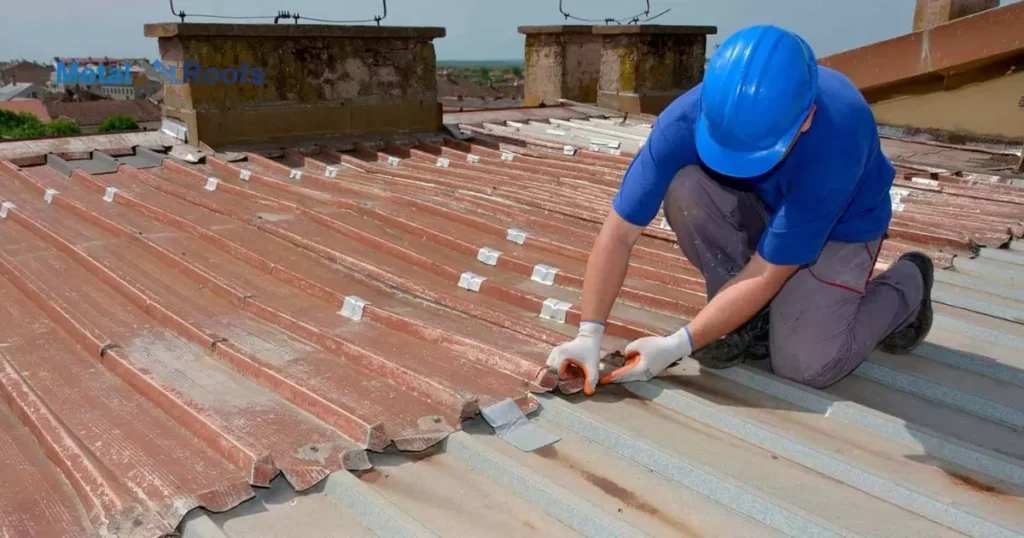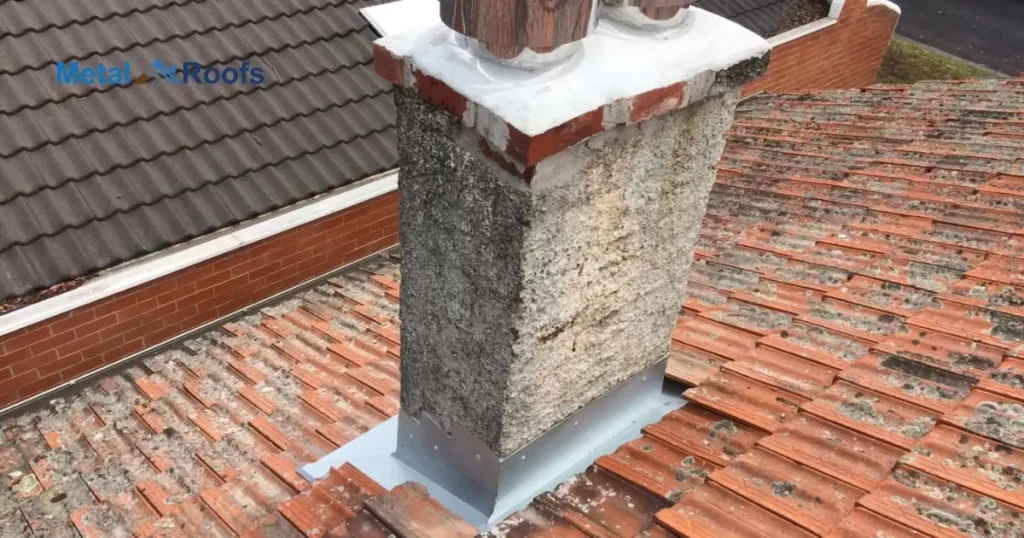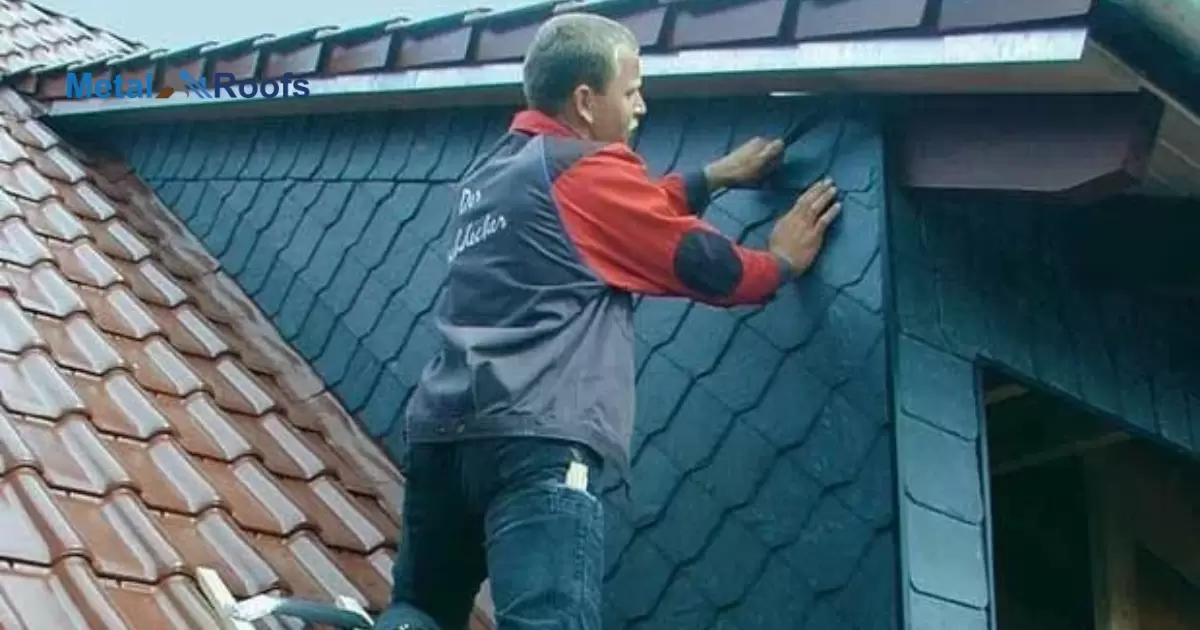Flashing seals joints and openings on a roof to prevent water leaks. When replacing a roof, existing flashing may need repairs or full replacement depending on age and condition. Properly installing new flashing ensures water flows over and off the roof without seeping underneath.
When you replace a roof, check the flashing. Old flashing may need fixes or full replacement. New flashing ensures no leaks. Properly replace flashing during roof replacement. It channels water over and off the roof.
When installing skylights between trusses, proper flashing is essential. It seals joints and openings, keeping water out. Inspect and replace old flashing as needed, and install new flashing correctly according to manufacturer instructions.
Key Takeaway
- Inspect existing flashing; determine if repairs or replacement needed
- Follow manufacturer instructions for installing new flashing
- Take time to correctly replace flashing around joints, valleys, vents
- Improperly installed flashing can lead to leaks, water damage later
- Prioritize quality flashing materials suited for your roof type
- Ensure roofers understand proper flashing replacement
- Properly replacing flashing prevents future leaks
Causes Replace Flashing During Metal Roofing Replacement
When replacing a metal roof, flashing changes occur due to wear or rust. Plays a role, accelerating metal corrosion. Rust weakens the roof, necessitating replacements for seamless protection. Frequent inspections prevent surprises, ensuring a durable roofing system.
Regular maintenance avoids unexpected expenses, securing your property from potential leaks. Stay proactive for a reliable and long-lasting metal roof. Prioritize quality materials for durable flashing replacements. Inferior choices lead to premature deterioration.
Seek professional guidance on suitable alloys for extended roof life. Proper installation is crucial even the best materials fail without skilled hands. Secure your investment with meticulous workmanship and robust materials, guaranteeing a resilient metal roof.
How To Identify The Right Flashing For Metal Roofing Replacement?
| Factors to Consider | Description |
|---|---|
| Material | Choose flashing material compatible with the metal roofing. Common options include aluminum, galvanized steel, or copper. The material should resist corrosion and weathering. |
| Profile and Size | Ensure the flashing profile matches the roofing profile to create a watertight seal. It should be sized appropriately to cover seams and edges effectively. |
| Compatibility | Verify compatibility with the roofing system, including fasteners, sealants, and underlayment. Improper compatibility can lead to leaks and premature failure. |
When replacing a metal roofing, choosing the correct flashing is vital. Inspect the existing flashing for signs of damage or rust. Look for rust spots or gaps that may cause leaks. Next, identify the type of metal used in your roof.
Match the flashing material to ensure compatibility. Consider the climate; opt for corrosion-resistant flashing in humid areas. Lastly, measure accurately to get the right size flashing. A precise fit prevents water seepage and ensures a durable replacement.
Different Types Of Flashing For Metal Roofing Replacement
Metal roofing replacement involves various flashing techniques. Step flashing is crucial for intersecting roof planes, preventing water seepage. This flashing method creates a watertight barrier along walls and chimneys. Another vital technique is valley flashing, which directs water away from roof valleys, preventing leaks.
Drip edge flashing is essential for safeguarding roof edges, guiding water away and preserving the roof’s integrity. These flashing methods ensure a durable and water-resistant metal roofing replacement, safeguarding your home against the elements.
Replace Flashing During Metal Roofing Replacement

When swapping out your metal roof, ditch the old flashing too. Flashing seals the joints, preventing leaks. During replacement, swap the old flashing for new. Water damage averted, and your roof stays robust. Simple switch, big impact.
Roofing upgrades are incomplete without tackling flashing. Secure your investment by updating flashing alongside the metal roof. It’s a seamless process out with the old, in with the new. Don’t gamble with leaks choose a comprehensive replacement. Your roof, your shield, deserves the full upgrade treatment.
Installing New Flashing During Metal Roofing Replacement
When replacing a metal roof, add new flashing for a watertight seal. Place it at roof joints, preventing leaks. Proper installation ensures durability. Check existing flashing conditions replace if worn.
Secure flashing tightly, avoiding future issues. Simple steps guarantee a reliable metal roof replacement. Seal gaps with caulking to enhance flashing effectiveness. Apply a generous amount along seams for extra protection.
Inspect flashing alignment adjust if needed. Attention to details prevents potential leaks. Completing these tasks secures your new metal roof against weather challenges, ensuring long-lasting performance.
Roofer Did Not Replace Flashing
The roofer skipped replacing the flashing. Rain found its way, causing leaks. Ceilings stained, walls damaged. Swift repair crucial, prevent further harm. Choose reliable roofers, avoid future headaches.
A missed flashing swap spells trouble. Water infiltrates, harms interiors. Quick fix essential, stop worsening. Pick skilled roofers, dodge future issues. Act promptly, secure your shelter.
Replace Flashing During Roof Replacement Cost
When replacing a roof, updating the flashing is crucial. It keeps water out, preventing leaks. The cost varies based on materials and labor. Choose durable materials like metal for longevity. Quality flashing ensures a reliable, long-lasting roof.
Roofing professionals recommend replacing flashing to avoid future issues. A small investment now can save money on repairs later. Ignoring flashing during replacement may lead to water damage and more significant expenses. Trust the experts to secure your home with proper flashing.
Chimney Flashing
Chimney flashing is crucial for a leak-free roof. It’s metal installed around the chimney base to prevent water seepage. Proper installation ensures a watertight seal. Leaving gaps invites trouble.
Rainwater sneaks in, causing damage. So, flashing matters get it right for a dry home.Without chimney flashing, rainwater infiltrates, leading to potential structural issues and costly repairs.
Over time, leaks can damage ceilings and walls, inviting mold and mildew. Regular inspection and maintenance are key to keeping your chimney flashing effective. Addressing any issues promptly ensures a sturdy shield against the elements, safeguarding your home for years to come.
Roof Flashing Repair

If your roof leaks, flashing repair is crucial. Flashing seals joints in your roof, preventing water from sneaking in. Damaged flashing can lead to costly water damage inside your home. Inspect your flashing regularly. Look for cracks, gaps, or rust. Swift flashing repairs save you from bigger headaches later.
Ignoring flashing issues can lead to serious consequences. Water leaks cause rot, mold, and even structural damage. Don’t wait for a small problem to become a major headache. A simple flashing repair now keeps your home dry and your wallet happy.
Frequently Asked Questions
Is flashing considered part of the roof?
Yes, flashing is an integral part of the roof, sealing vulnerable joints and preventing water intrusion. It plays a crucial role in maintaining the roof’s integrity and preventing potential damage.
How do you replace flashing on an existing roof?
To replace flashing on an existing roof, identify damaged sections, remove old flashing, install new flashing, and seal with roofing cement.
When should I replace my step flashing?
Replace step flashing when you spot rust, cracks, or gaps during regular roof inspections.
Conclusion
Flashing is a critical roof component. It seals joints and openings. Proper flashing prevents costly leaks. Inspect old flashing during roof tear-off. Determine if repairs or full replacement are needed. Follow manufacturer guidelines for new flashing installation. Take time to correctly replace flashing.
Replacing a roof is a major project. Don’t overlook small details like flashing. Improperly installed flashing can lead to future headache. Make flashing a priority for your new roof. Hire qualified roofers who understand flashing. Invest in quality materials installed correctly the first time.











